Announcing the Science Discovery on Main Street Grant Recipients
Main Street America is thrilled to announce the 12 Science Discovery on Main Street grant program recipients.

Marion, Iowa © Tasha Sams
We work in collaboration with thousands of local partners and grassroots leaders across the nation who share our commitment to advancing shared prosperity, creating resilient economies, and improving quality of life.

Emporia, Kansas © Emporia Main Street
Made up of small towns, mid-sized communities, and urban commercial districts, the thousands of organizations, individuals, volunteers, and local leaders that make up Main Street America™ represent the broad diversity that makes this country so unique.

Chicago, Illinois © Main Street America
Looking for strategies and tools to support you in your work? Delve into the Main Street Resource Center and explore a wide range of resources including our extensive Knowledge Hub, professional development opportunities, field service offerings, advocacy support, and more!

Waterloo, Iowa © Main Street Waterloo
Your one-stop-shop for all the latest stories, news, events, and opportunities – including grants and funding programs – across Main Street.

Kendall Whittier — Tulsa, Oklahoma © Kendall Whittier Main Street
Join us in our work to advance shared prosperity, create strong economies, and improve quality of life in downtowns and neighborhood commercial districts.
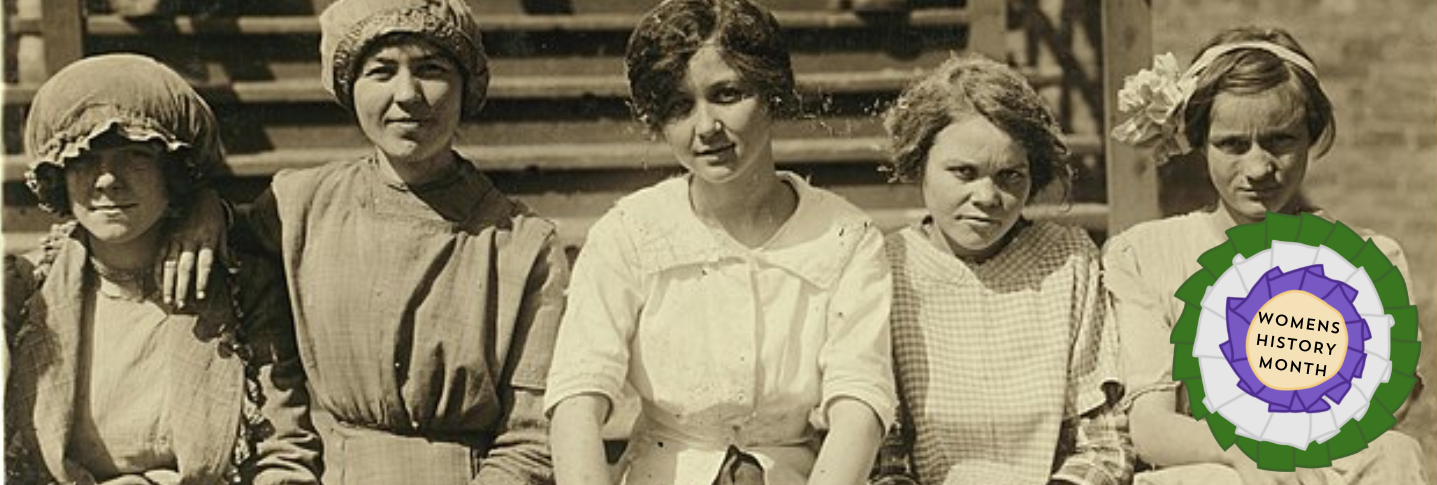
The New England Mill is an iconic landmark of American history. As industrialization rolled across the landscape, these mills brought new opportunities for women, often called 'mill girls,' and transformed the communities they were located within.
Although manufacturing has moved away from the region, these mammoth structures still hold a significant cultural and physical place in their communities, and redevelopment projects in multiple Main Street districts are bringing new life to their historic halls. At the same time, mills are making a comeback in Maine, with women at the forefront once again.
“For many of the mill girls, employment brought a sense of freedom,” says the Gilder Lehrman Institute of American History. “Unlike most young women of that era, they were free from parental authority, were able to earn their own money, and had broader educational opportunities.” In the mid-19th century, the young women of New England flocked to textile mills.
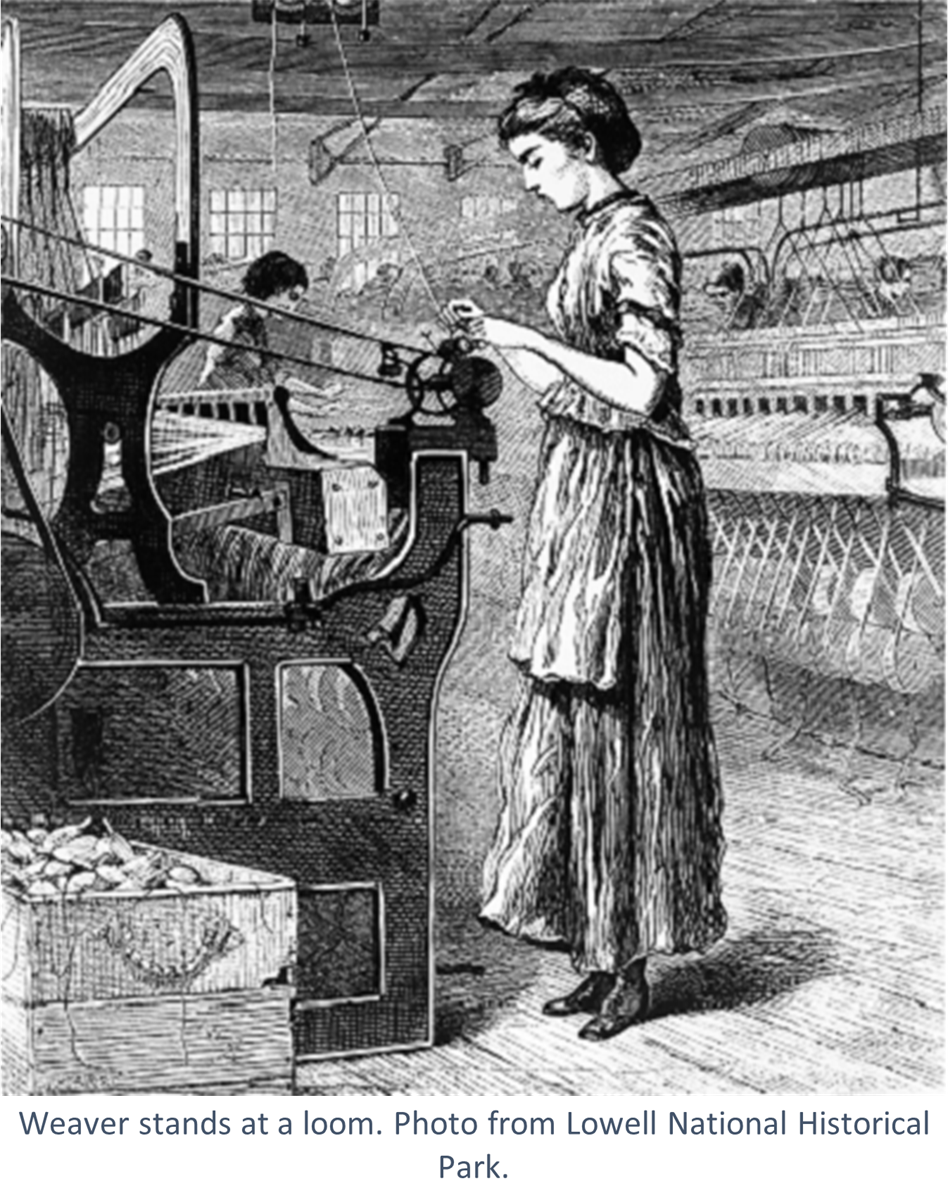
Maine was a powerhouse of the US textile manufacturing industry at the time, and the streets of towns like Biddeford and Saco were filled with the hustle of mill girls at work. Sarah Adams was one of these women. In 2022, Heart of Biddeford worked with local historians to nominate her to the Biddeford Hall of Fame as a representative for the thousands of mill girls who worked there in the 19th century.
The life of a mill girl like Sarah was dramatically different from life on the New England farm where she likely spent her childhood. “In the mills, female workers faced long hours of toil and often grueling working conditions. Yet many female textile workers saved money and gained a measure of economic independence,” says Lowell National Historical Park.
Working in the mills introduced women to the grueling realities of labor in the 19th century. They decided to demand more from their employers. In 1841, Sarah Adams’ peers in Biddeford led Maine’s first organized labor strike. Textile mills continued to be hotbeds of collective action through the 19th and into the 20th century. In 1907, workers at the Marston Worsted Mill in Skowhegan walked out after the firing of 17-year-old Mamie Bilodeau. It was the first successful strike involving the Industrial Workers of the World union.
Over time, labor patterns began to shift. Mechanization replaced many of the more skilled roles in the factory, immigrants from Europe took the place of the New England-born workers, and production moved to cheaper regions. But the image of the mill girl remained as a powerful symbol of American industrialization, women’s rights, and the labor movement.
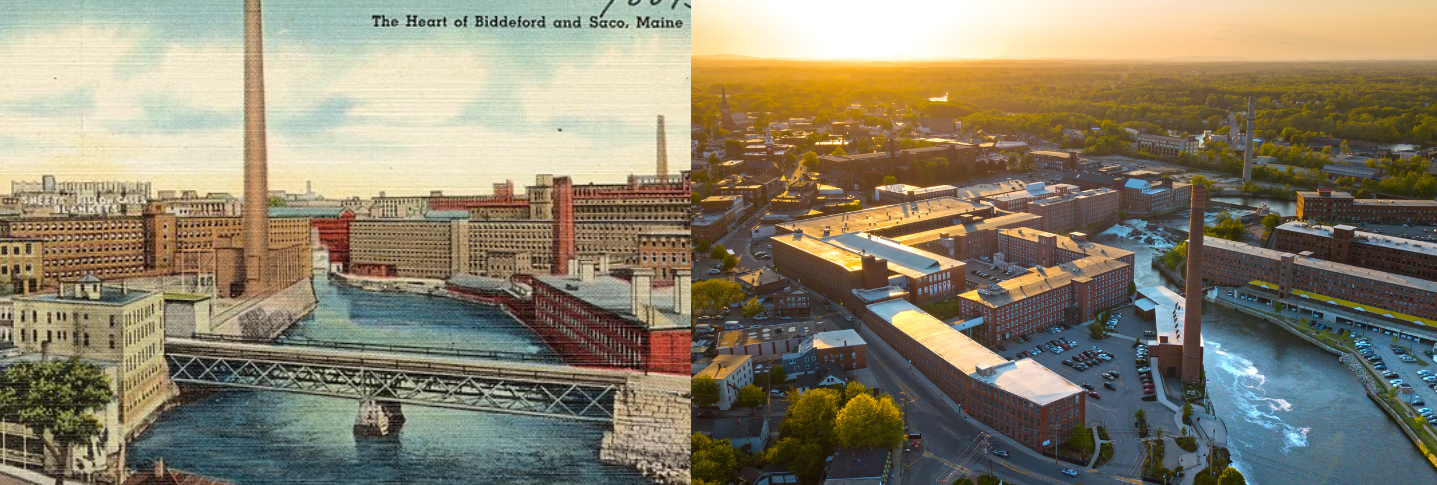
Old mill buildings have great bones—beautiful brick walls, tall ceilings, dramatic windows, and an industrial charm that has become increasingly trendy in recent years. But they weren’t always seen as assets in their communities. In many places, as production moved elsewhere, mills became vacant and derelict. In recent years, this has begun to change. Through the efforts of developers and community organizations, these majestic, historic structures are finding new lives.
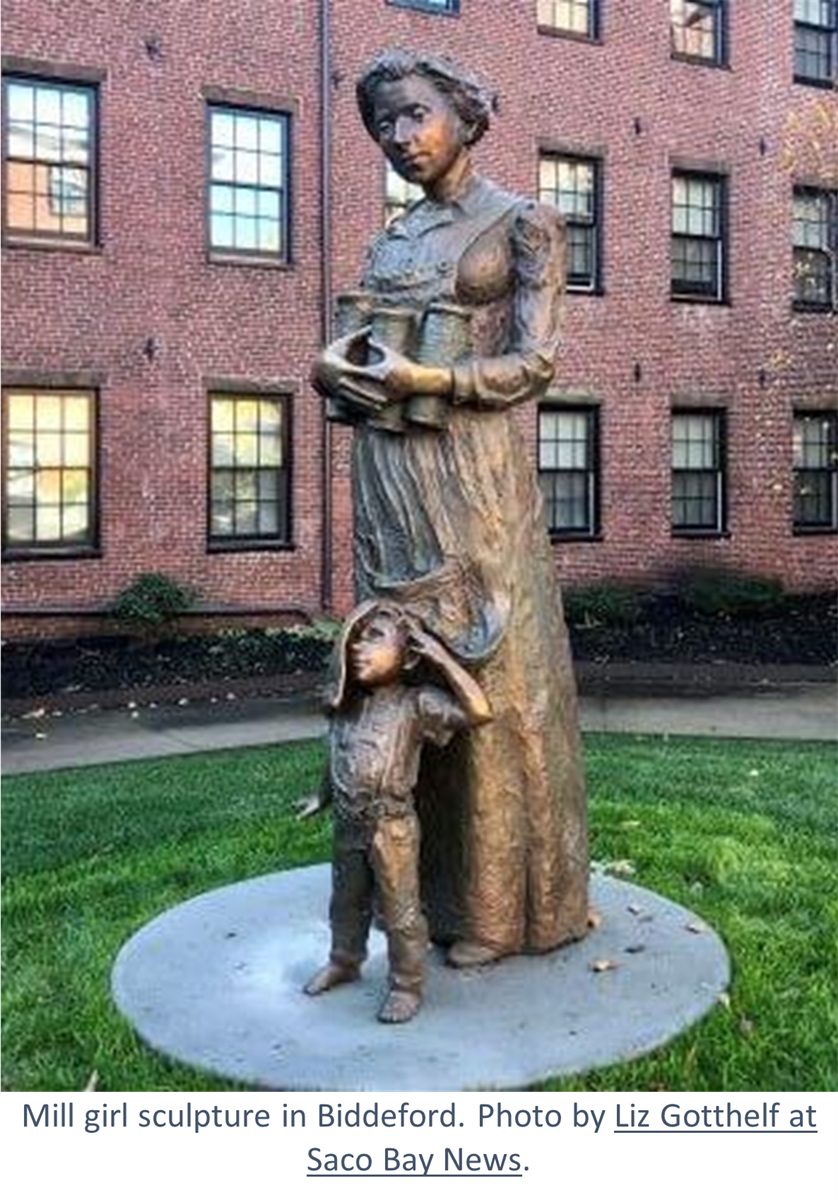
The Pepperell Mill project, located in the Historic Mill District in Biddeford and Saco, is a great example of this transformative work. The Pepperell Manufacturing Company, founded in 1844, made sheets, shirting, and jeans. The last Pepperell Company mill closed in 2009.
Today, the Pepperell Mill is being redeveloped as a mixed-use commercial and residential space in the heart of the community. “They are so beautiful, and they’re built so solid and strong, and make wonderful housing,” said Nathan Szanton, one of the developers working on the project.
Similar mill redevelopment projects have been carried out across Maine. Biddeford is also home to Riverdam Mill and Lincoln Mill, both of which have been converted into residential spaces. Across the river in Saco, the Saco Mills project is transforming a c.1880 textile mill, which has sat vacant for more than 30 years, into a mixed-use commercial and residential space. In Westbrook, the Dana Warp Mill is home to many small businesses, including a design shop, a skin care business, a dance studio, a small-scale clothing manufacturer, and more. In Skowhegan, the long-dormant Spinning Mill, once home to the Maine Spinning Co., was bought by Bigelow Brewing with the hopes of establishing a ground floor brewing facility with residential and hotel space above.
The Main Street programs in Biddeford, Saco, Skowhegan, and Westbrook have been powerful allies in these mill redevelopment projects. They are tireless advocates for their downtowns, working with city officials and developers to meet community needs. They provide significant support for the wide array of small and local businesses that move into the new retail spaces. They invest in the arts, culture, and events that make these mill districts exciting and enticing places to live, work, and visit.
In 2022, the developers of Pepperell Mill hired Colorado artist Jane DeDecker to create a statue for the property honoring Biddeford’s mill girls. The beautiful bronze artwork depicts a young woman in 19th century dress holding bobbins and standing with her children. “The women were proud to work in the mills and contribute to the welfare of their family,” said Jane DeDecker. “The buildings at Saco Falls, strong and beautiful, stand as a testament to their legacy.”
After years of decline, the mills are coming back to Maine, although in a different form. In 2012, Amber Lambke co-founded Maine Grains, grist mill that grinds grains, flour, and beans from farms across the Northeast. In this modern mill, women lead the way with an innovative, thoughtful, and community-driven approach to manufacturing. “When a community is rich with meaningful work, people can earn family sustaining wages, and lead healthy happy lives,” said Amber.
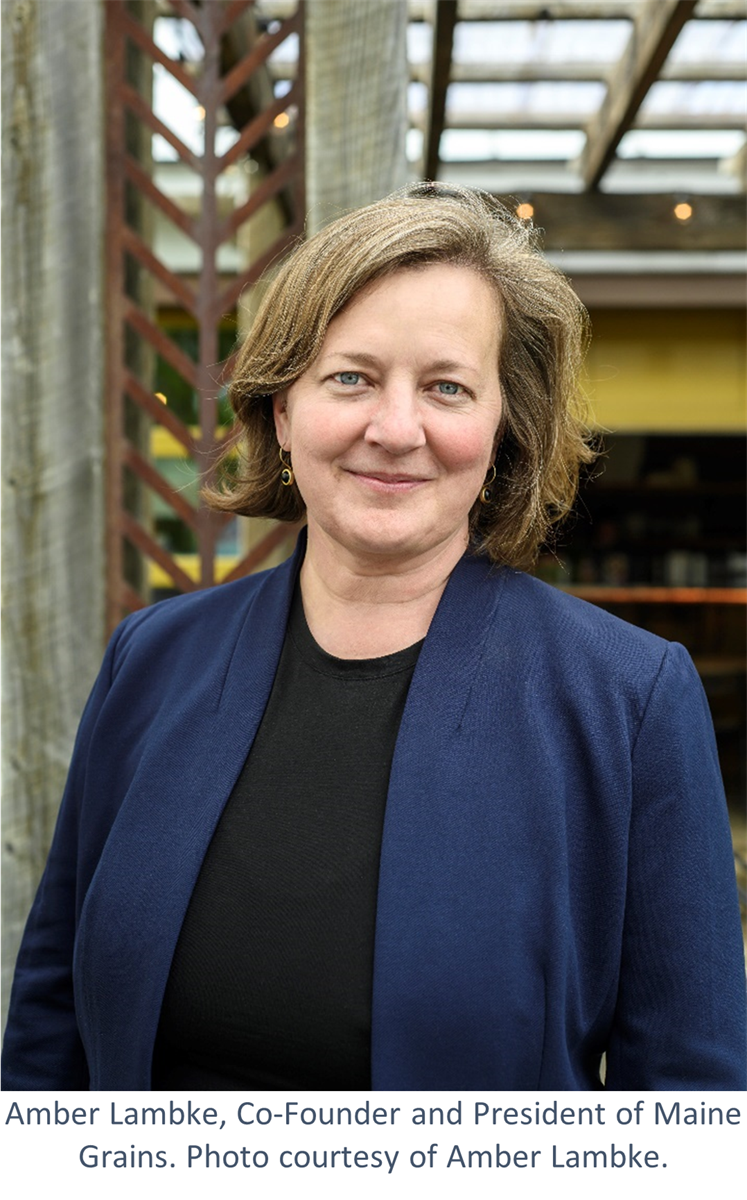
Amber’s vision for Maine Grains began during her participation in the creation of the Kneading Conference in 2007. “We brought Farmers, Millers, and Bakers together to explore whether the revival of regional grain economies would be possible,” she said. The event revealed the critical absence of infrastructure in Maine to clean and process grains for animal feed and human consumption. Although the region had historically been a powerhouse of grain production, economies of scale had shifted the industry to the Midwest. Amber, along with her co-founder Michael Scholz, saw an opportunity to bring that back.
The lives of the women working for Maine Grains reflect the significant progress made since the first mill girls stepped up to their looms. “When girls see women achieving in all kinds of employment positions and leading the creation of new businesses that better their communities, they will be able to imagine themselves doing the same, leading to foundational, positive change in society,” said Amber. Maine Grains’ workers have robust benefits and support, including paid time off and maternity and paternity leave.
Main Street Skowhegan has been a significant source of support for Maine Grains. The revitalization of the downtown has created a rich community of support for all the small businesses in the area. Amber serves as a community volunteer and a member of the Board of Directors. “Main Street planted a seed in me, that all of us in a community are needed to make positive change happen, inspiring my career shift and the founding of Maine Grains,” she said. “By renovating the historic jail building and rallying community support, we created a hub in downtown Skowhegan for local food enterprises that has become source of inspiration for other entrepreneurs, and community collaboration.”
Amber believes that local and regional manufacturing is critical in building healthy communities. “Localizing the production of essential food, goods, and services leads to local self-reliance, business clusters that fuel a regional economy, and require a community of people to focus on local natural resources and sustainable stewardship,” she said. Maine Grains’ impact on Skowhegan and the grain economy across the region is a testament to the power of her approach.